What kind of platforms are we talking about? It all depends on how narrow or wide we want our focus to be. A platform is a service like Facebook, but also Google which includes a multitude of services (Maps, YouTube…), just as Instagram and WhatsApp can be included under Facebook. Your website or an external service can also be a platform. Ultimately, it does not matter how we name them, be it a platform, a service or a channel, it is important to know what you are using it for and how.
In today’s fast-paced and dynamic digital world, different possibilities arise very often. This does not mean that you should jump at every new opportunity. Let’s be clear, we are not saying that you should not try to use a new platform, what we are saying is that the decision should be made based on a precise analysis.
Distinguish between testing and researching a particular platform/service/tool and using it as part of your campaign or overall activity. You should always keep up with what is new on the internet, what functionalities are added to the current services and what opportunities all these innovations have to offer. Often, it is enough for a new platform, service or functionality to inspire you to take specific action or even create an entire campaign, but be careful not to fall into the trap of wasting energy.

Before making a decision to use a particular platform, consider and define whether you will use the appropriate platform only as a tool that will provide you with some functionality or will primarily enable you to reach your target audience. When we talk about platforms, not services, we should always keep in mind the target audience. You will often not need a large group of users, once you identify the group you need and you manage to find and engage the users through a platform. It is always easier when the communication is not oversaturated with content, when only the “front-liners” are there and it really feels great when you are a pioneer in the community.
Keep one thing in mind, today most users are most active through their mobile devices. Therefore, make every decision taking into account that most of your supporters will be active on and through their mobile phones. This means that each of your platform choices must be available/usable on mobile devices.
Below is an overview on some of the basic platforms and their features, and at the end we add to the list other recommended services that may be useful to you at some stage of your activities.
Since this is the largest platform and it offers the most opportunities, it is understandable that it is our starting point. Facebook has changed a lot over the years, and it is still changing. At different times, focus has been directed to different parts of this platform, including upgrades that enable more effective communication. The two main parts of this service that you should keep in mind are pages, groups and instant messaging (Facebook messenger).
We think of Facebook when we want to reach a mass audience, when we want to inform the greatest potential number of people in the shortest time. And that’s completely fine, but today we must, without exception, ask ourselves the question before every strategic decision: who constitutes our audience? Before, everyone used to be on Facebook, but today that is not the case, or at least it is not the case when we talk about pages and groups. If in the past it was possible to reach a large audience quickly and relatively easily without a special budget on Facebook, this is not the case today.
So, before you decide to use Facebook, take a look at the three individual options mentioned above: pages, groups and messenger.
Facebook Pages
If we had written this just two years ago, we would probably have written that you cannot do without them, yet today we are certain that you can do without them. Usually, they are used in every single activity, but trust us, they can be left out. You do not have to take this as direct advice, but as encouragement – if you have decided not to create another Facebook page, you don’t have to.
These pages are a great tool, but to have noticeable visibility, you must plan to set aside a budget to promote or advertise/sponsor your posts. Although there are exceptions, Facebook pages still have an extremely low organic reach, which means that if you do not advertise what you post, it will be seen by only a small number of your fans. If you do not plan or cannot afford to publish original and high-quality content on a daily basis, then prepare an advertising budget. There is nothing wrong with that, it’s simply the rules of the game and you need to know them, accept them and plan ahead. On the other hand, advertising gives you the opportunity to focus more on the appropriate target audience and to target them specifically, which is undeniably very important.
On the other hand, if your target audience consists of younger people, i.e. the so-called millennials, then you definitely should not make your Facebook page your central communications channel in your strategy. In general, you can find all other target audiences on Facebook, especially if you target them properly.
The Facebook page can serve the purpose of merely combining the other tools offered by this platform, without being in the focus and without you investing high expectations in it. Here, we primarily mean groups, events and direct messages.
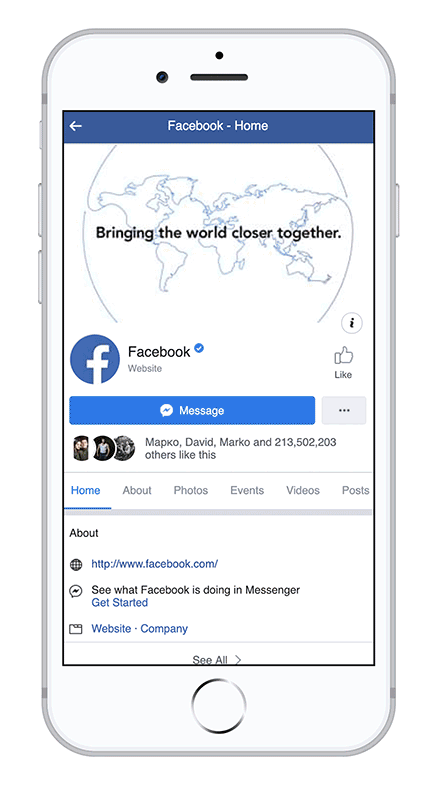
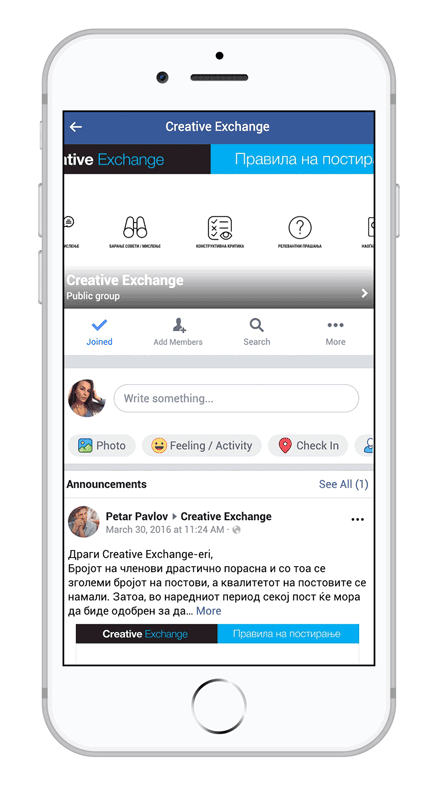
Facebook groups focus on discussion, community building and direct involvement of the participants. That is why you must not neglect them. The success of an activist campaign depends on the level of involvement of a larger group of advocates of the cause for which you stand.
With the reduction of the organic reach of Pages, Facebook has put stronger focus on the Groups and in the last year has enhanced them with a significant number of new functionalities, turning them into a great tool for a number of purposes. The list of possibilities is long, but, of course, some of the most important ones that you must take into account are the statistics that are available for larger groups (over 250 members), the events that can be created within the group itself, the possibility of adding documents, organizing offline meetings through the “get together” option.
Groups can also be an effective tool for internal organization of the team you work with, but keep in mind that they are much more significant when they include higher numbers and are designed to activate the community in which you want to operate. Some experts say that Facebook Groups today are as effective as mailing lists in the past, with the difference that they offer far more features.
The reason why we highlight this option on Facebook is not because of the opportunity to talk directly with someone through chat, but because of the increasingly trendy and ubiquitous chatbots, as they are dubbed. The moment you manage to create a semi-automated or fully automated chatbot on your Facebook page, then the possibilities for direct communication with potential supporters and activists go to the next level. The power of 1-on-1 communication with a large group of people changes the overall setup of things. Chatbots can convey the most important messages and options to citizens in a simpler way and on a platform that is much more familiar to them (Facebook Messenger).
For example, you could use the chatbot to automatically offer options for direct support of your cause, list all the specific possibilities through an interactive predefined menu and finally take your future supporters to the exact location where they need to take specific steps or get additional information. There are a number of online tools that can help you create chatbots with basic functionalities that will be sufficient for you to get started.
In general, the habits of Facebook users themselves are increasingly focused on such direct communication. Connecting on such an interactive platform by taking direct action can be a turning point in the number of supporters and their serious involvement.
Facebook has facilitated initiating such a communication and all that you need to do is to share the link m.me/user_name in your communications on other channels, which will directly take visitors to Facebook Messenger and start the conversation with the predefined options.
You can also suggest this type of communication on each of your posts on your Facebook page or through a sponsored ad.
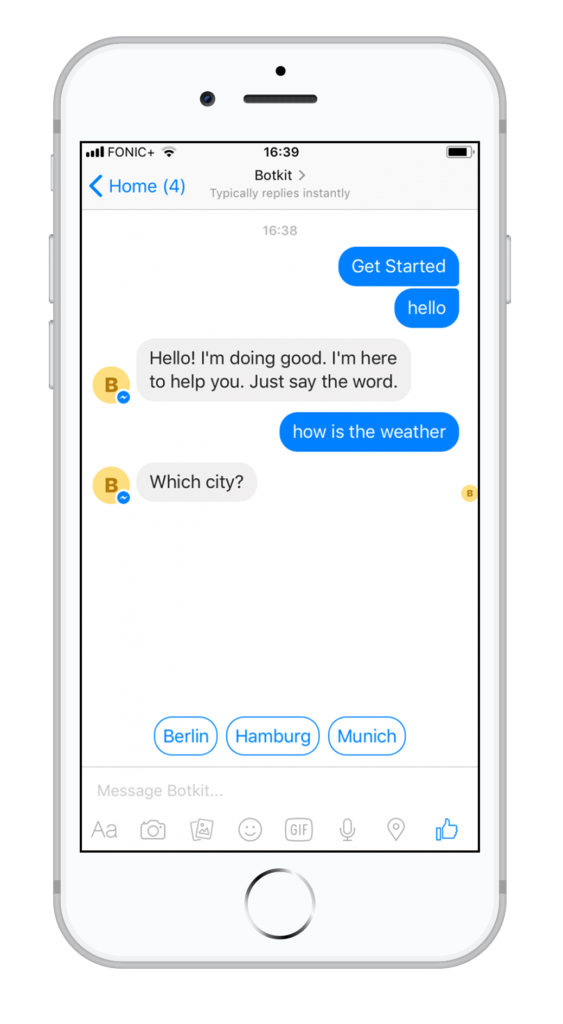
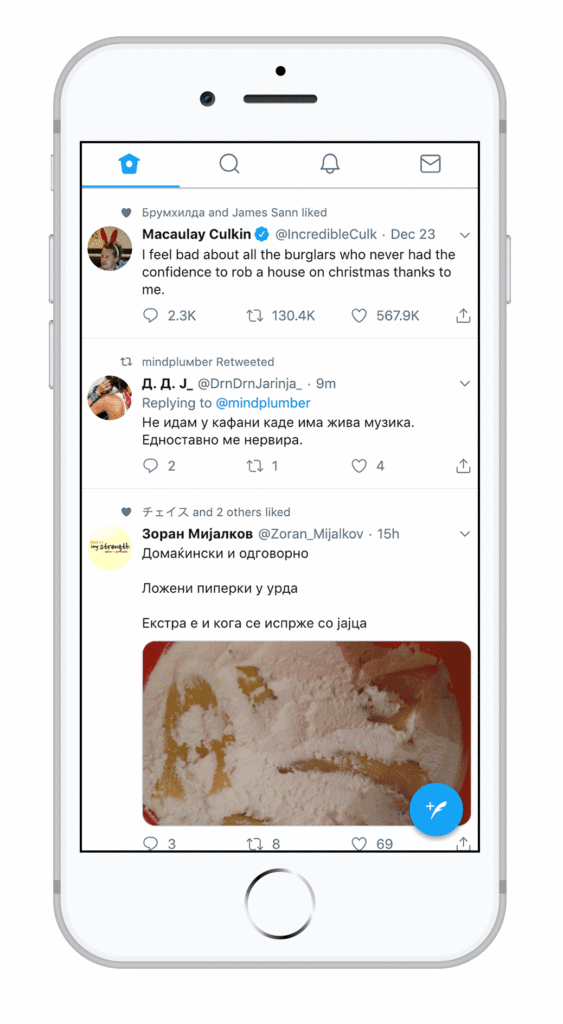
Albeit a bit less on-trend compared to its role in the past, this platform that supports fast communication in real time must not be overlooked. Locally, the number of active Twitter users is higher than ever, there is also a serious increase in engagement, but it seems that, for some time now, the impact of the conversations held on that platform does not have the impact it had in the past.
Proactivity is valued on Twitter. It does not matter how much audience you have, but how closely you follow the discussions of others and how relevant your inclusion is to them. Twitter is the most appropriate listening platform. Discussions are visible, accessible and fast. Unlike Facebook, where you can hardly follow what is happening outside your channels, you go to Twitter to identify the leaders in certain discussions, the individuals and/or organizations involved.
Despite the series of new functionalities that this service has added, the essential appeal is still a fast and timely discussion. Mobilizing supporters who will further represent your cause through sharing and engaging in discussion.
Don’t forget, this is a listening platform, so in addition to direct mentions, you will need to set up a good system to track other discussions. TweetDeck, a free tool now owned by Twitter, can help you a lot in this regard. There, you can place different searches in multiple columns, which will put you in the driver’s seat of long and hopefully relevant discussions. You can search with various logical functions by adding and subtracting key words and types of posts.
It is hardly likely that a campaign today can rely on Twitter as a basic communication platform, but it should certainly not be overlooked. If you feel that you do not have the resources or the need to develop active communication there, you do not have to develop a complete presence, but find out which members of your team are active there and ask them if they can take a slightly more active role during key moments of your activities.
Instagram is not just about posting aesthetic photos of the places we’ve visited. This platform has long been “occupied” by other social actors, including the media and the so-called meme profiles, to slowly but surely contribute to changing the habits of the users. Today, if you want to communicate with the younger generation of Internet users, you must not leave out Instagram, especially its “other half” – the Stories. If there is a place to get their attention, then this is definitely it, through the vertical content that disappears in 24 hours. We jump directly to the part with Stories because it is the one that provides opportunities for greater interaction, sharing of experiences, involvement of others, and so on.
Consider these vertical posts as visualized tweets. If every hot and current topic used to be tweeted about, nowadays you go to Instagram Stories for that. This part of Instagram is actually the most upgraded segment, since it first appeared to date, and is one of the key tools for communication with the younger generation.
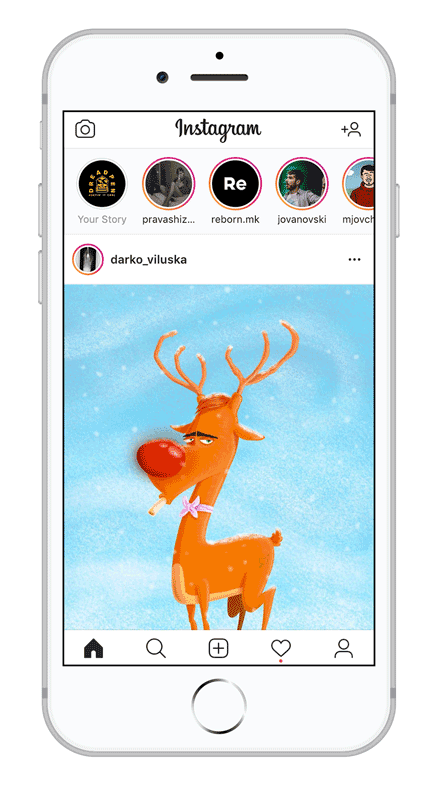
Crowdfounding
In our case, Crowdfunding can be seen as a way of raising funds from citizens’ direct investments. This is an activity that is based on direct public interaction with the creators or implementors of an idea, project, campaign, etc. and the end goal is to have that idea, project, campaign, etc. come to fruition. Such platforms started as a parallel fundraising system for startup projects, but later on platforms emerged to raise funds for various other types of projects. These platforms are often local or dedicated to a specific topic/problem.
There is one such platform in Macedonia – letsfundit.mk. It supports fundraising for civic initiatives and can be used by CSOs or informal groups.
There are many platforms and services in the world that offer specific support for activists, but locally very few of them are considered adequate and have real use value. Understandably, there is no silver bullet, and you have to be brave and try different ways to reach your goal, however, experience says that if you need mass support – you go where the audience is. Lists of services and platforms can be found at: socialbrite.org, sm4good.com, en.reset.org, beautifultrouble.org.
Remember!
Create an account on all services, try them out, even if you don’t see any direct benefits, they may inspire you for alternative advantages of the platform you are already using!
Don’t forget!
The Internet is not just another channel for distributing messages, it is a place for sharing and exchanging experiences and knowledge, a place for mobilization and action!


